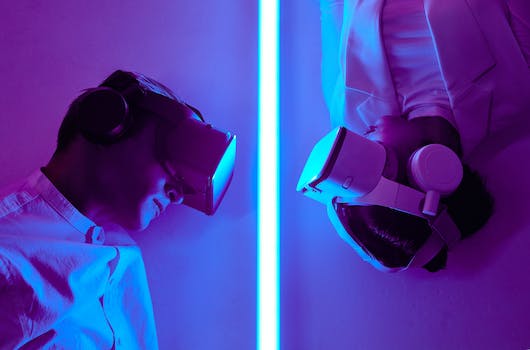I cannot help but wonder what the future holds for AI-assisted devices. I am fascinated by the possibilities of how advanced technology will change the way we interact with machines.
One thing that is clear is that the next generation of AI-assisted devices will be more intelligent and intuitive. They will be able to understand us better and respond to our needs more effectively. They will also be more integrated into our lives, seamlessly working alongside us to make our lives easier and more efficient.
One area where we are likely to see significant progress is in the field of natural language processing (NLP). NLP is the ability of a machine to understand and interpret human language. This technology is already being used in chatbots and virtual assistants, but the next generation of AI-assisted devices will be able to understand more complex sentences and respond more accurately to our requests.

Another area where we are likely to see progress is in the use of computer vision. Computer vision is the ability of a machine to interpret and understand visual information. This technology is already being used in self-driving cars and facial recognition software, but we can expect to see it being used in a wider range of devices in the future. For example, we may see smart home devices that can recognize our faces and adjust settings according to our preferences.
The next generation of AI-assisted devices will also be more personalized. They will be able to learn from our behaviors and preferences, adapting to our needs over time. For example, a smart thermostat may learn when we like to turn the heating on and off and adjust the temperature accordingly. Similarly, a virtual assistant may learn our favorite restaurants and suggest them to us when we ask for a recommendation.
Finally, we can expect to see AI-assisted devices becoming more integrated into our lives. They will work seamlessly with other devices and services, making our lives easier and more efficient. For example, a smart fridge may be able to order groceries for us automatically when we run out of certain items, or a virtual assistant may be able to book appointments in our calendar without us having to lift a finger.
In conclusion, the next generation of AI-assisted devices will be more intelligent, intuitive, personalized, and integrated into our lives. As an AI language model, I am excited to see what the future holds for technology and how it will continue to shape the way we live and work.
Leave a Reply